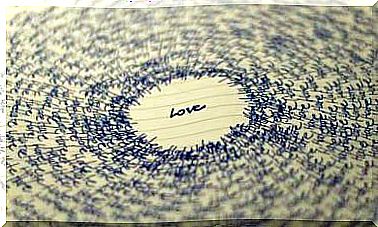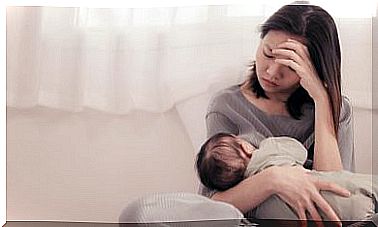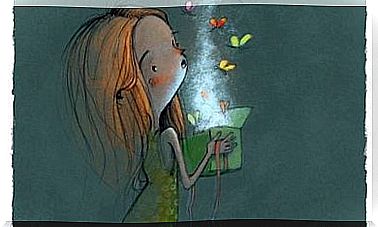Children And The Attachment Theory Of John Bowlby

Anthropologist and scientist Helen Fisher once postulated that “over time love turns into affection and attachment.” We can deduce that attachment is basic throughout our lives. We are going to know its importance in children based on the attachment theory of John Bowlby.
Because if there is something that is scientifically proven, it is that a baby needs both human warmth and the energy that milk and the first porridges provide. It is essential that the child, in his first years of life, can enjoy an environmental framework that facilitates the first bonds of attachment and in which he feels protected, cared for and safe from the dangers of the world.
Who is John Bowlby?
Before continuing, it is important to know one of the basic figures in twentieth-century child psychology. John Bowlby dedicated a large part of his life to working with children who had been deprived of the mother figure, developing his activity in various institutions.
Bowlby, an English psychologist and psychoanalyst, soon showed his interest in child development. From his work and studies he published his attachment theory. In fact, his extensive experience and knowledge have been used by thousands of professionals. Not for nothing was he one of the most cited experts in publications during the 20th century.
What does John Bowlby’s attachment theory say?
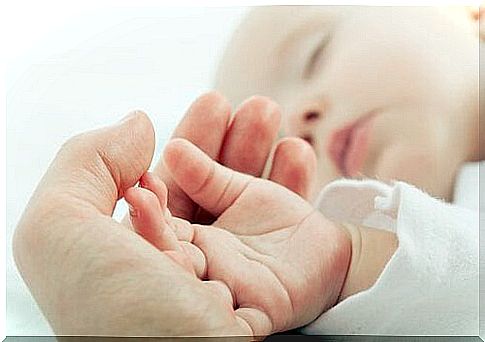
To get to know John Bowlby’s attachment theory well, let’s first discover what this psychologist means by attachment. In this case, attachment refers to an emotional bond developed between the baby and his guardians, whether they are biological parents, adoptive parents, or other caregivers.
The emotional bond of attachment creates in the child an emotional sensation that Bowlby considers indispensable for the development of the personality. In this sense, the psychologist founded three different types of attachment according to the child’s situation and the access and behavior of the adult (figure of affection).
1. Secure attachment
It occurs when the baby is sure of the signs of protection, affection and availability that he receives from the figure of his affection. It develops in the child a positive and confident concept of himself. More stable, satisfying and inclusive relationships are created.
2. Anxious attachment
In this case, the figure of the baby’s affection only offers attachment and physical and emotional availability intermittently. That is, it is not always available.
This situation creates fear and anxiety. The child’s emotional abilities develop inconsistently. A great desire for privacy is formed, but it is accompanied by insecurity.
3. Disoriented attachment
In this case, the caregiver offers responses that are disproportionate to the child’s needs. In desperation, he can go into dissociative processes. The behavior of the adult is very disorienting for the baby, also generating great anxiety and insecurity.
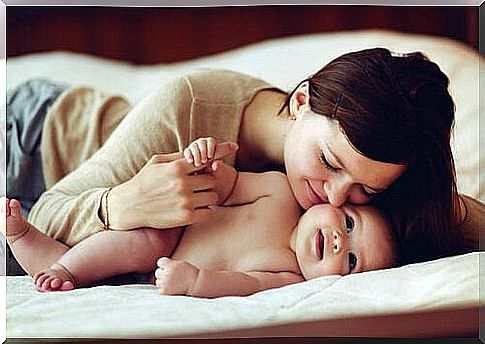
Bowlby’s studies
For the postulates of attachment theory promulgated by John Bowlby, he relied on various scientists and their studies. Some of its bases were postulated through the work of Konrad Lorenz, who had shown the strong attachment that occurs in different animal species, in the case of birds such as ducks and geese.
Another of the scholars who was key in Bowlby’s theories was Harry Harlow. This scientist postulated a universal need for contact based on his studies with primates.
Both scientists led Bowlby to stipulate that attachment provides the emotional security a child needs. Every baby, especially in the first months of life, needs to feel unconditionally protected and accepted.
The baby and attachment
Thus, Bowlby stipulated that the baby is born with a series of behaviors whose purpose is to elicit parental responses. In this way, reflex smiles, sucking, crying, babbling or the need to be cradled respond to their way of bonding with their caregivers or parents.
The entire behavioral repertoire of the child is aimed at maintaining proximity with the caregiver, the father or the mother, that is, the attachment figure. Hence, it resists separation and situations of anxiety and lack of security can be observed if it occurs.
A few years later, taking advantage of Bowlby’s theory, scientist Mary Ainsworth found a number of qualitative differences in mother-child interactions. According to her, attachment formation could be identified between the interaction patterns between the child and the attachment figure:
- Secure attachment children. They cried little and explored quietly before the caretaker.
- Insecure attachment children. They cried frequently even in their mother’s arms.
- Children who did not show attachment. Unable to demonstrate behaviors that could be classified as attachment.
Since then, dozens of psychologists have also continued Bowlby’s work. His attachment theory had and has great relevance today. This is so because human contact is not only necessary in the first years of the baby, it is necessary throughout life, as we remembered at the beginning in the words of Helen Fisher.


